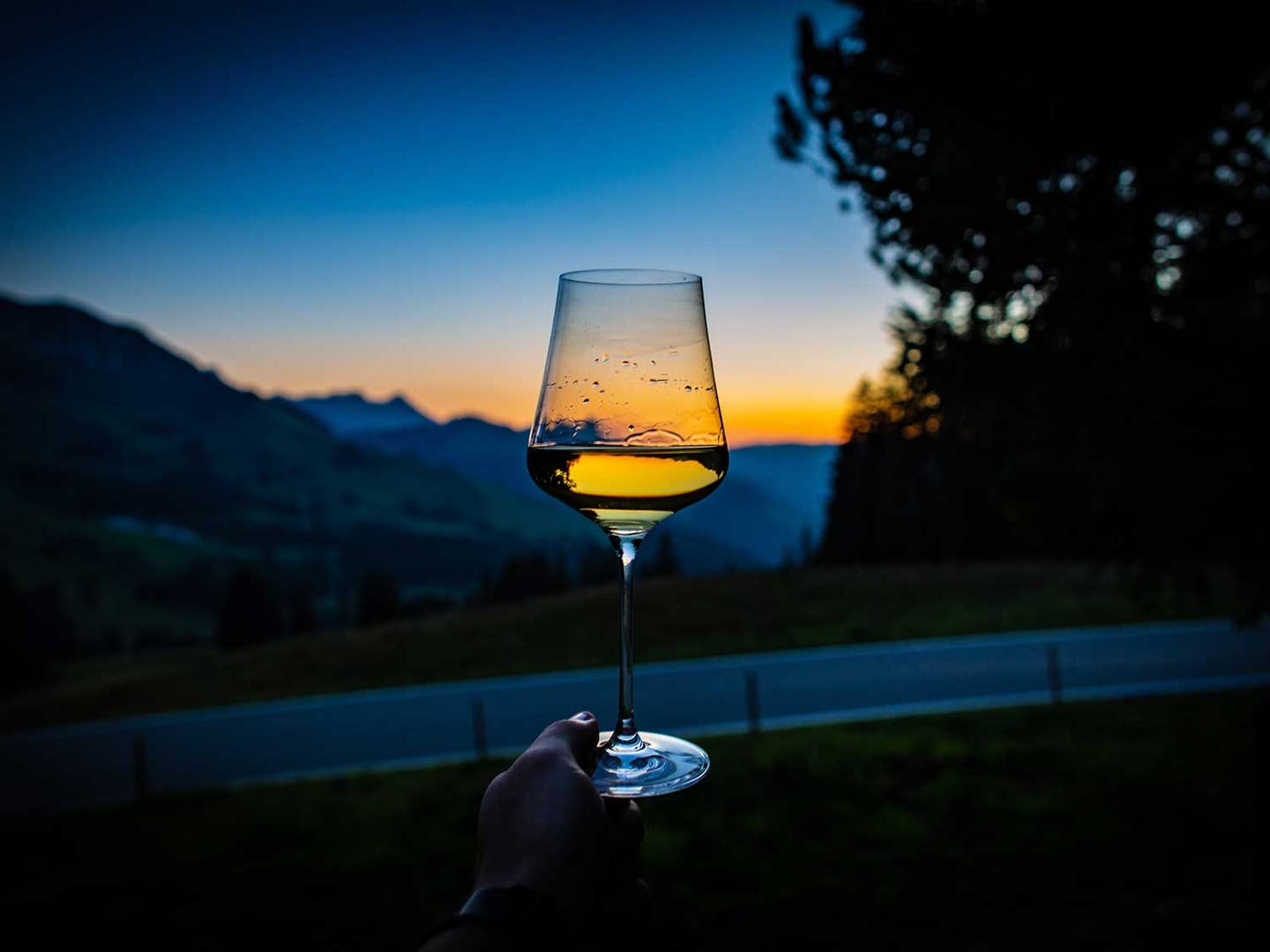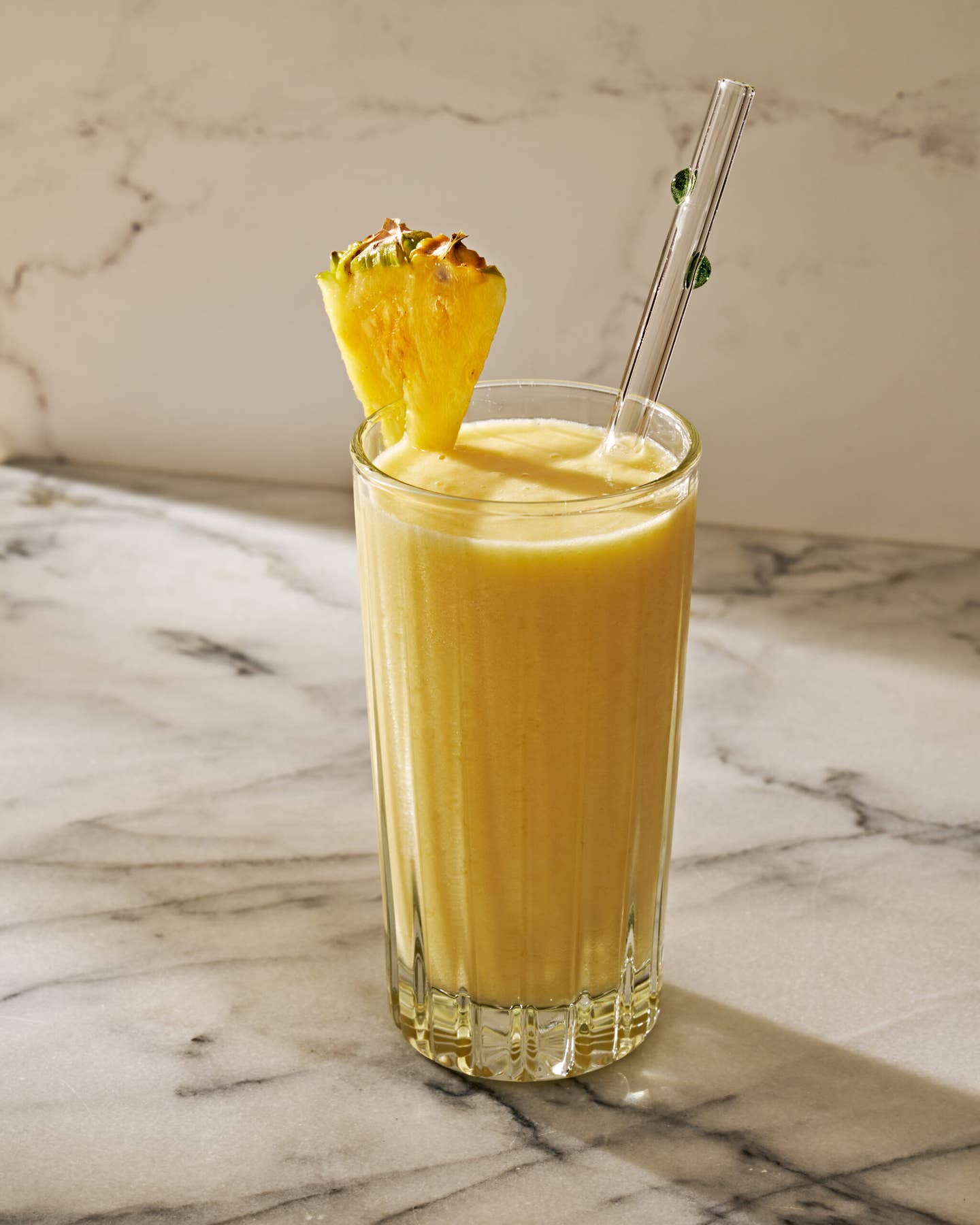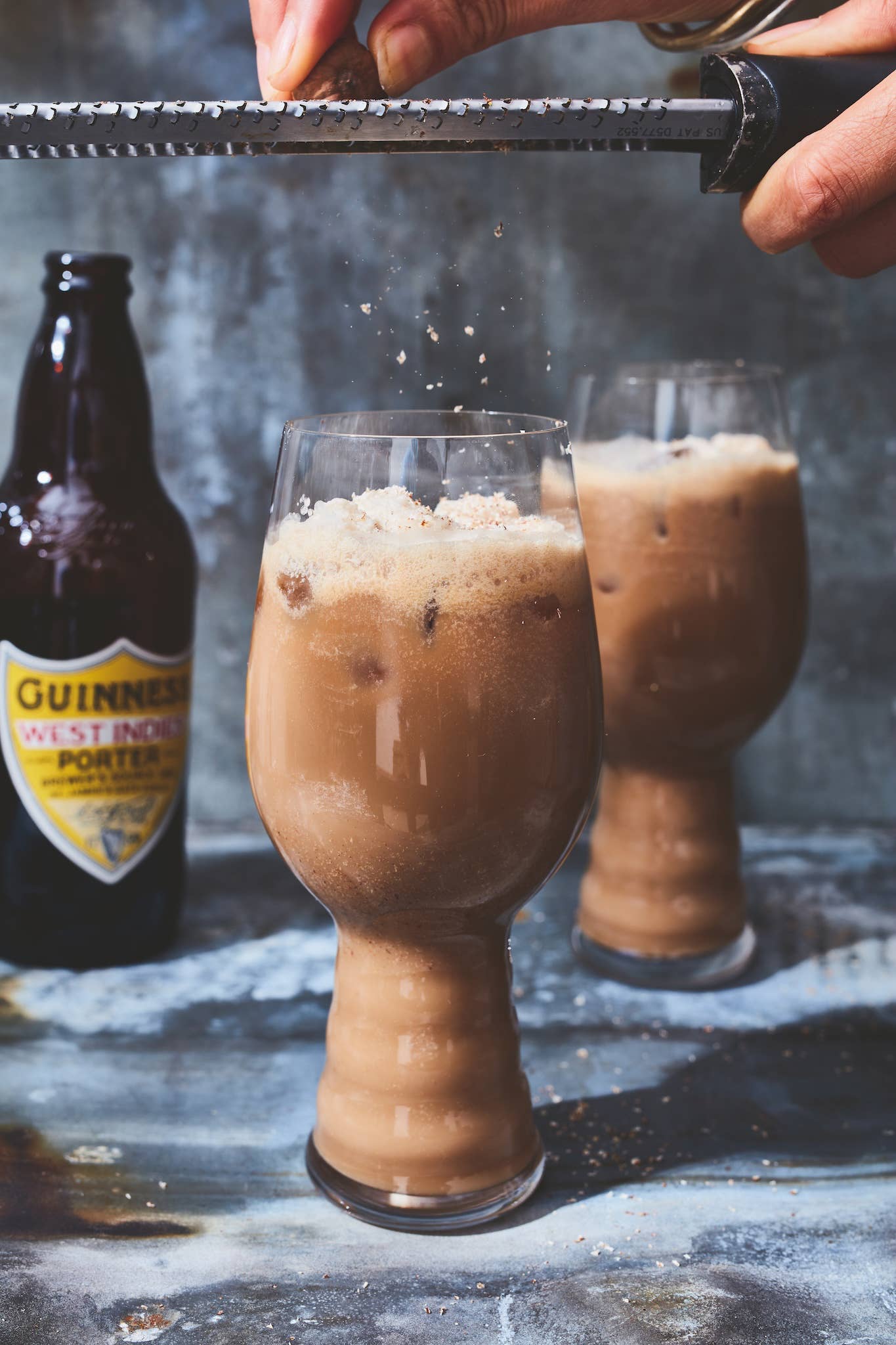
Wine Legs: What Causes Those Little Streaks of Wine That Form On The Side of The Glass?
Also known as “wine tears,” some think they represent quality. A UCLA mathematics professor explains what they really mean.
On a recent Wednesday evening at 7 p.m., dozens of people flocked to their screens, glasses of wine in hand, for a mass Zoom call.
But it wasn’t your usual quarantine happy hour. These attendees were gathered for a B.Y.O.B discussion of the mathematics behind “wine tears”—those gravity-defying drops of liquid that hover on the inside of a wine glass, millimeters above the wine itself, dripping back down as if quietly weeping.
“Now, I even see someone here from the four o’clock session!” said Cindy Lawrence, CEO of the National Museum of Mathematics and event host, as participants streamed in. “They must have liked it enough, they decided to come back!”
“They might’ve had some wine left,” said a second host.
“Who would have leftover wine?” quipped a participant in the chatroom. From my empty apartment, I raised a glass of Calcarius Rosso in a phantom toast.
A few minutes later, UCLA Professor of Mathematics Andrea Bertozzi took the (digital) stage to talk tears. As she explained, the phenomenon is, in some respects, an “old story.” Physicists have been describing it since 1855, when James Thomson—older brother to Lord Kelvin—kicked off the qualitative discussion. The going theory has, for a while, been the “Marangoni effect.”
Get seasonal recipes, methods and techniques sent right to your inbox—sign up here to receive Saveur newsletters. And don’t forget to follow us on Instagram at @SaveurMag.
The basics go something like this: Wine is made of water and alcohol. Alcohol evaporates more quickly than water, which creates a difference in surface tension across the fluid. Wine begins to clamber up the inside of a glass because of this difference in surface tension. As it does, the alcohol bits continue to evaporate more quickly, creating stronger surface tension in the liquid climbing up the glass, which pulls on the wine at the surface more urgently than the liquid in the base of the glass. Wine travels upwards, falling back down only when its weight exceeds the force pulling it up.
But while preparing for a recent drink-along grad school lecture on the topic, Bertozzi realized that there was more to the story.
“Like most professors, I was nailing down the details of the lecture the night before,” she told me over the phone. “I’m going through the old papers I had read many years before, and I was like, ‘Wait, nobody has looked at the full physics here?’”
Bertozzi—along with Yonatan Dukler, Hangjie Ji, and Claudia Falcon—revisited the topic, ultimately penning a study that explores a more comprehensive set of quantitative factors contributing to wine that seems to whimper.
“Wine tears were understood for several centuries—at least qualitatively. And about 30 years ago, people started doing experiments to actually measure those effects,” said Bertozzi. “But they never really looked at the full dynamics. They hadn’t developed a theory of what happened when gravity pulled wine tears back down. They were also looking at just dry surfaces, which doesn’t account for the swirling of wine when you drink it.”
The new study’s main findings? Wine tears emerge from an unusual circular shockwave in the liquid, created by a balance of three physical effects: a Marangoni stress effect, gravity, and bulk surface tension (aka, the surface tension of the large pool of wine in the base of a glass).
“If you remove any of those three effects, wine tears don’t happen,” said Bertozzi. “It needs to be that balance. If you get rid of the Marangoni stress, they won’t happen. They won’t work on the Space Station, with no gravity. And if you use chilled wine, you’re much less likely to see this.” (Chilling alcohol suppresses its evaporation, she explained.)
Back in the Zoom lecture, Bertozzi tipped a bottle of port into a stemless martini glass to demonstrate the effect. She aimed a flashlight through the glass to reveal tears forming in shadow, before breaking out a bottle of Knob Creek.
The most common misconception Bertozzi faces, she told me, is that wine tears (also called “legs”) have something to do with the quality of the stuff. “From what we found,” she said, “it’s largely just the alcohol by volume.”
Bertozzi demonstrated as much with her bourbon, before moving to Q&A. “What if you’re crying into your wine? Does that affect its ‘tears’?” asked one participant. Bertozzi laughed and said she’d need to do more research. Before long, the session began to disband, so we could head off to our next round of Zoom happy hours, now better armed for the banter.
Keep Reading
Continue to Next Story










